Related products
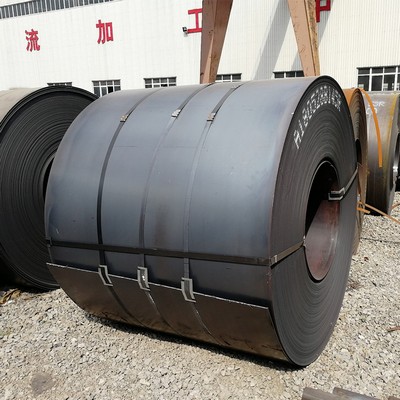
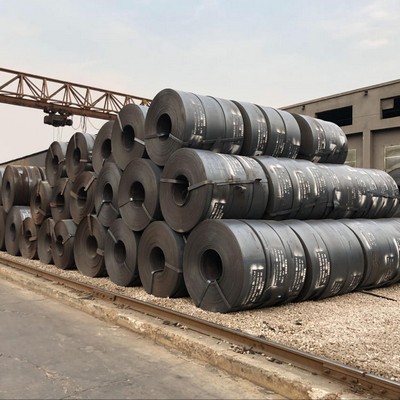
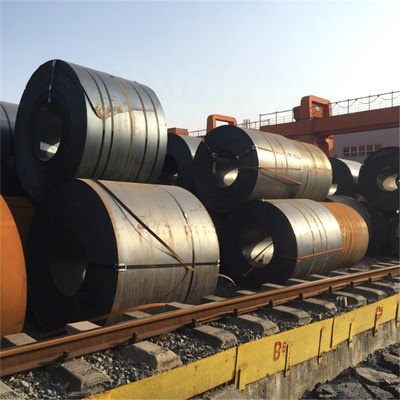
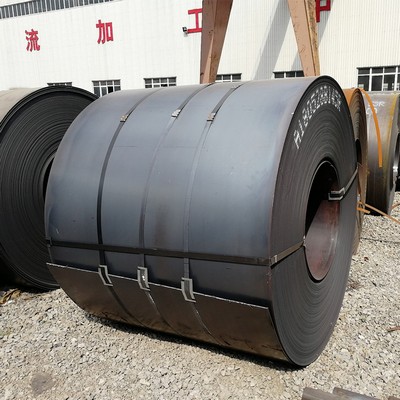
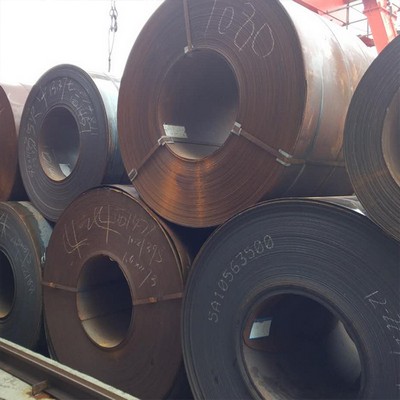
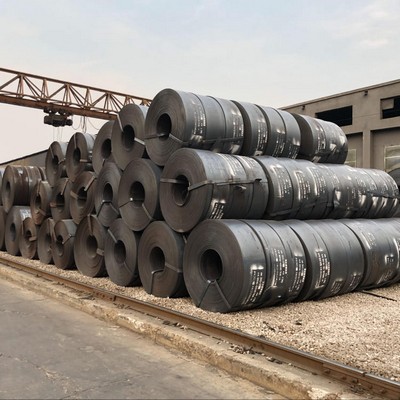
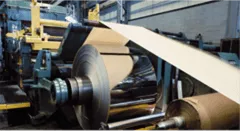

live a message
ST52 stands out as one of the most frequently utilized low-carbon steels in various industries. Renowned for its exceptional weldability, ST52 finds extensive application in the fabrication of structural components and mechanical parts. In this article, we delve into the distinctive properties of ST52 and explore the prevalent welding techniques employed for processing this particular type of low-carbon steel.
ST52 is characterized by its low carbon content along with manganese content, contributing to its unique properties. It exhibits commendable impact resistance and material strength, making it suitable for a wide range of applications. The combination of durable properties and ease of processing renders ST52 a preferred choice across various industries.
In terms of physical resilience, ST52 demonstrates robust performance in parameters such as surface hardness and tensile strength. Moreover, its ductility allows for easy plastic deformation into desired shapes without necessitating heat treatment.
However, it’s essential to note that ST52 may not be the optimal choice for applications requiring high corrosion resistance. While it can withstand moderate levels of corrosive elements, it’s advisable to avoid extremely corrosive environments, particularly those exposed to humidity and saltwater. Nonetheless, the corrosion resistance of ST52 can be enhanced through precise application of surface coatings, leveraging its overall commendable physical properties.
One of the most remarkable characteristics of ST52 is its exceptional weldability. Structural elements crafted from ST52 through welding exhibit exceptional durability, with the material displaying excellent responsiveness to welding processes. As a result, ST52 stands out as a preferred material for elements requiring welding connections. However, it’s imperative to select the appropriate welding technique, as the choice of method is just as crucial as the material itself.
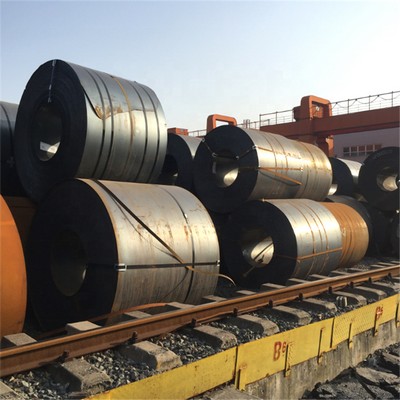
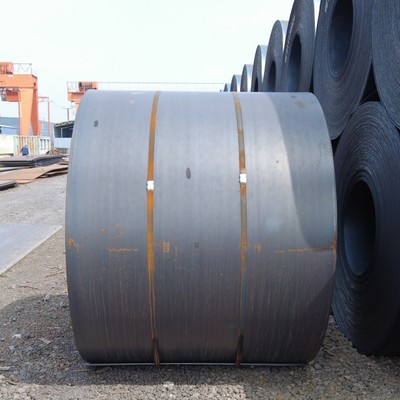
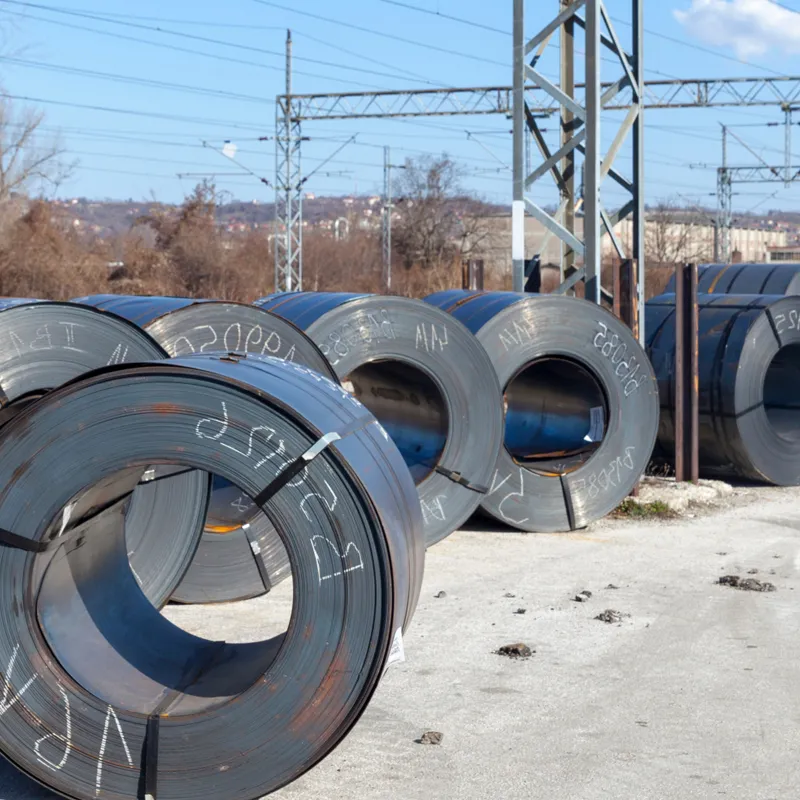
| Standard | DIN 2391 |
| Grade | ST52 |
| Size | OD (4-190mm) x WT (0.5-15mm) |
| Outer Dimensions | 4.0mm – 60.0mm |
| Wall Thickness | 0.5mm – 8 mm |
| Length | max 6000mm |
ST52 is primarily composed of low levels of carbon and manganese. This composition contributes to its excellent impact resistance and material strength. While it may not excel in corrosion resistance, ST52 showcases admirable physical attributes such as surface hardness and tensile strength.
| Standard | Grade | C | Si | Mn | P max | S max |
| DIN2391 | St52 | ≤0.22 | ≤0.55 | ≤1.6 | 0.025 | 0.025 |
One of the key characteristics of ST52 is its ductility, allowing it to be easily formed into desired shapes without requiring heat treatment. Additionally, its weldability stands out as a notable feature, making it a preferred choice for welded structural elements across various applications

We are happy to answer any questions you have regarding our product lines and services. Please tell us a little more about yourself and we will have someone contact you as soon as possible.
Speak to a Steel Expert

Behind the growth and success of Kuaima Steel is years of hard work and dedication in the steel industry and meeting customers' needs on time. Advanced technology, standard products, certified quality standards and the bestcustomer service make Kuiama Steel a true leader in the global market.
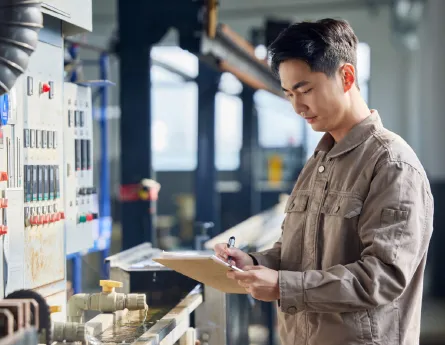

Quality & experience
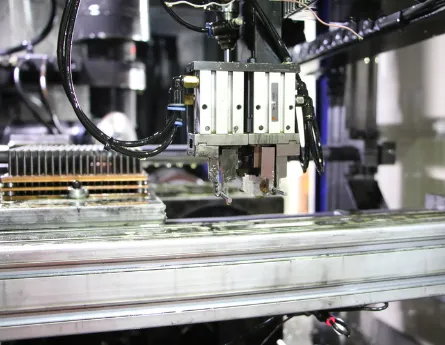

Technology & Innovation


Team & Quality


Service & Support
| carbon steel tubing coil | carbon steel coil strip in stock |
| carbon steel strip coil | carbon steel coil strip |
| carbon steel hr coil | carbon steel coil quotes |
| carbon steel galvanized coil | carbon steel coil nails quotes |
| carbon steel cold rolled coil | carbon steel coil nails manufacturers |
| carbon steel coils quotes | carbon steel coil nails factory |
Every industry has its unique set of material specifications and needs. That’s why you can count on the exceptional experience and industry knowledge of the professionals at Kuaima Steel - Meeting the Exact Needs of Every Industry That Uses steel.
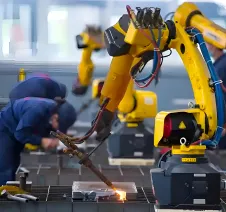


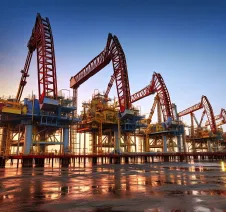




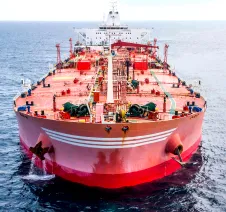

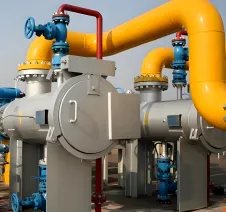



 WeChat
WeChat